Hi-Fi Series Presents: Ken Kantor (Acoustic Research, ZT Amplifiers)
Ken Kantor is a prominent audio engineer. His career began in one of the most known and well established audio companies of the past – Acoustic Research. These days Kantor is very active in his own company ZT Amplifiers. He’s not just an audio engineer but also a big music enthusiast.
As many of your readers have probably experienced, the emergence of psychedelic music in the mid-to-late 1960’s brought with it new demands on the performance of audio systems. In addition to the very wide frequency response and high dynamic sound levels demanded by newly evolving forms of rock music, psychedelic music, in particular, highlighted the issue of 3-Dimensional spatial reproduction. Of course, audiophiles had long been concerned with left-to-right stereo separation and soundstage, as well as with a general sense of reverberation. A wide spectrum of musicians in diverse genres, from Stockhausen to the Velvet Underground to the Beatles, were already exploiting stereo effects as compositional elements. And, now, innovative musicians were beginning to utilize all dimensions of direction and space as musical tools in whole new ways. Major bands such as Pink Floyd and Emerson, Lake and Palmer, to name only two, began utilizing so-called, “surround,” or, “quadraphonic,” techniques in their live concerts, and more and more listeners hoped to experience these effects at home.
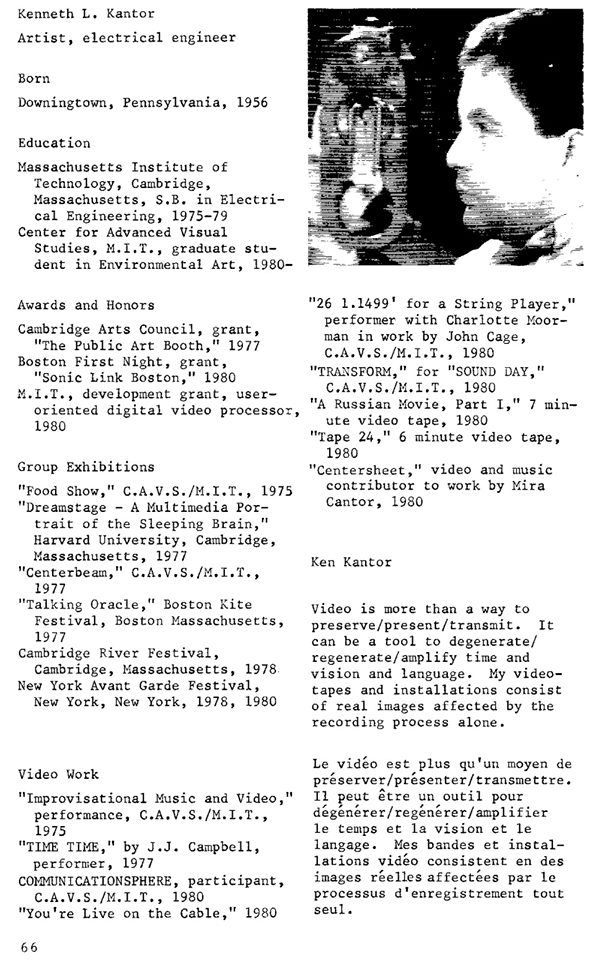
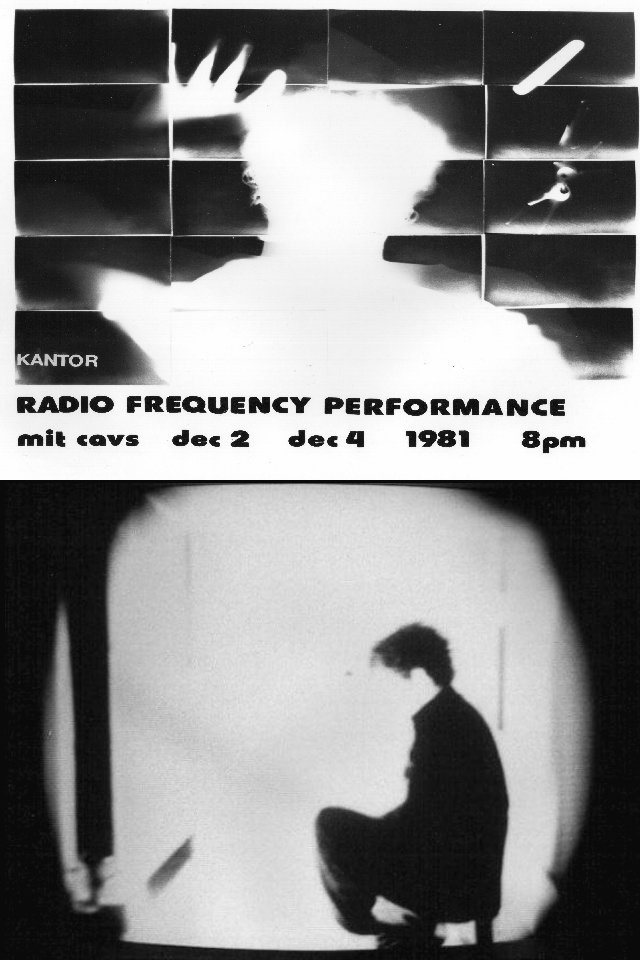
Direction and space came to fascinate me as a budding audiophile, an erstwhile electronic musician and as a wannabee audio scientist. I wanted to know how to understand directional and dimensional audio in a scientific way, so I could better apply it in musical ways. Starting in the early 70’s, as I was (most of the time…) in High School, it was becoming apparent to me that loudspeakers were really the key to this all. Along with, of course, microphone and recording studio techniques, which the listener had no control over, speakers were the exact element that defined the relationship between a recorded electrical signal and its blossoming forth as a real sound in three dimensions. (Or, four dimensions, really, since the temporal properties of a sound are critical to it’s perception by human ears.)
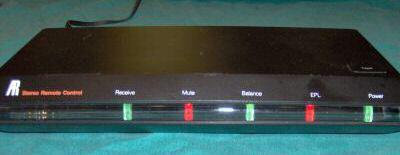
But, what were the characteristics that made a particular loudspeaker either good or bad at creating spatial sound? Certainly, the regular speaker specifications, the, “specs,” like frequency response or impedance didn’t tell you anything about a speaker’s ability to create a convincing illusion of image, depth, width, envelopment and other characteristics that were important to a convincing sense of space. In fact, there were speakers with great specs and very accurate tonal fidelity that seemed to offer almost nothing in the realm of spatial sound. Meanwhile, there were other speakers that didn’t do so well by existing audiophile standards that did provide a more convincing sense of space to the music. So what were the key issues? How could one measure, and in turn, more importantly, how could one design a speaker with great imaging and space? This is what fascinated my teenage mind and became my audio obsession.
The first important realization I had was that, in general, the best large panel speakers like electrostatics and planar magnetics tended to have the most laser-like, pinpoint stereo localization, but offered a very “dry” presentation with little ambience, while speakers with small, dynamic radiators, dome tweeters, etc., were just the opposite. The best of these provided a rich sense of reverb, ambience and envelopment, but at the expense of pinpoint imaging. So, what did this mean? Well, it took me a while to come up with it, after lots of reading, lots of experimenting and lots of discussion, but I settled on the idea that the exact radiation pattern of the speaker was the missing, “specification,” the critical factor that related to a speakers imaging prowess. Of course, I am simplifying things a little here, since various factors inter-relate in complex ways. Still, I was on to something.
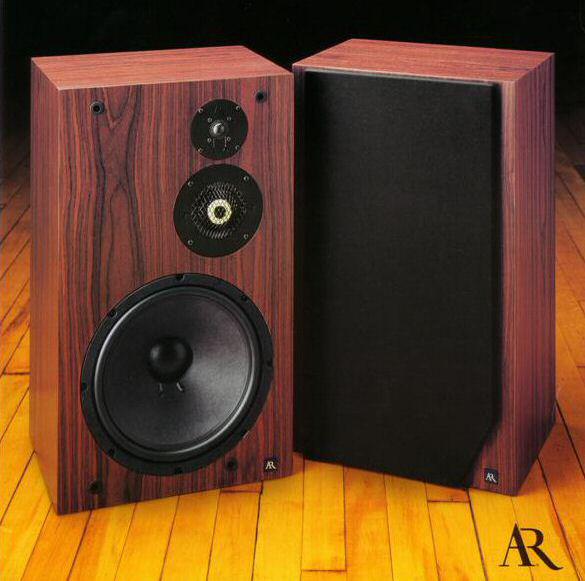
After I went away to college at MIT, eventually settling on studying Electrical Engineering, (in large part because MIT also includes much of the study of human hearing within that field), I continued to refine my ideas about the relationship between loudspeakers and spatial hearing.. As it turns out, MIT required Electrical Engineering undergrads to do a “thesis.” A thesis involves the concentrated study of a particular topic or problem, resulting in a detailed, scholarly paper. For my own thesis, I proposed the development of a loudspeaker that I believed would combine excellent imaging, usually the province of narrow dispersion speakers, with excellent ambience and envelopment, usually associated with wide dispersion speakers. The trouble was, I was an impoverished student, without the means to purchase all the materials… specialized electronics, cabinets, lots of speaker drivers, etc. Because of this, one of the professors I was working with suggested that I contact Acoustic Research, “AR.” AR was not far from Boston, and had a history of funding academic research projects about loudspeakers and acoustics. Sure enough, AR wound up supporting my thesis, (which, incidentally, several years later formed the basis of the AR MGC-1, “Magic” speaker).
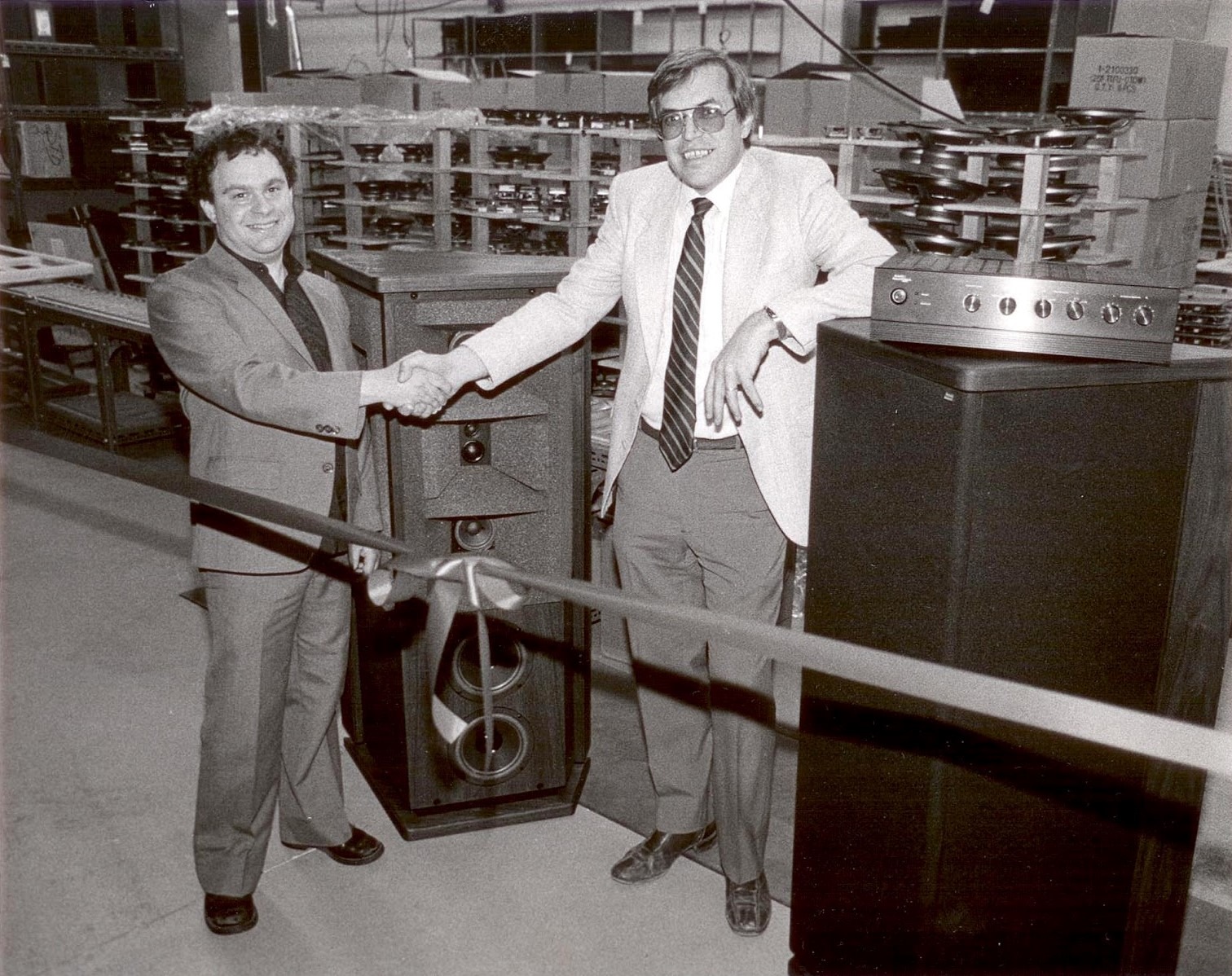
This was the beginning of a beautiful friendship. Bob Berkovitz, the head of AR’s Research Department, became something of a mentor to me, and I started to help out at the AR research labs, building custom test equipment and prototypes, assisting with experiments, etc. At that time, AR had two distinct technical organizations in the US: the Engineering Department, responsible for the planning, development and manufacturing of the products AR actually sold, and the Research Department, which investigated new technologies and did advanced development. In public, all was copacetic. But, behind the scenes, there was great competition between the groups. They did not see eye-to-eye about the direction AR should take, or how the products were being developed. In a nutshell, the Research people did not feel the designs AR was bringing to market were state of the art, while the Engineering people felt that the Research folks were elitists, unrealistic about the real world, and insulated from the enormous pressures they were under to bring dozens of products to market every year, working with tight budgets, etc.
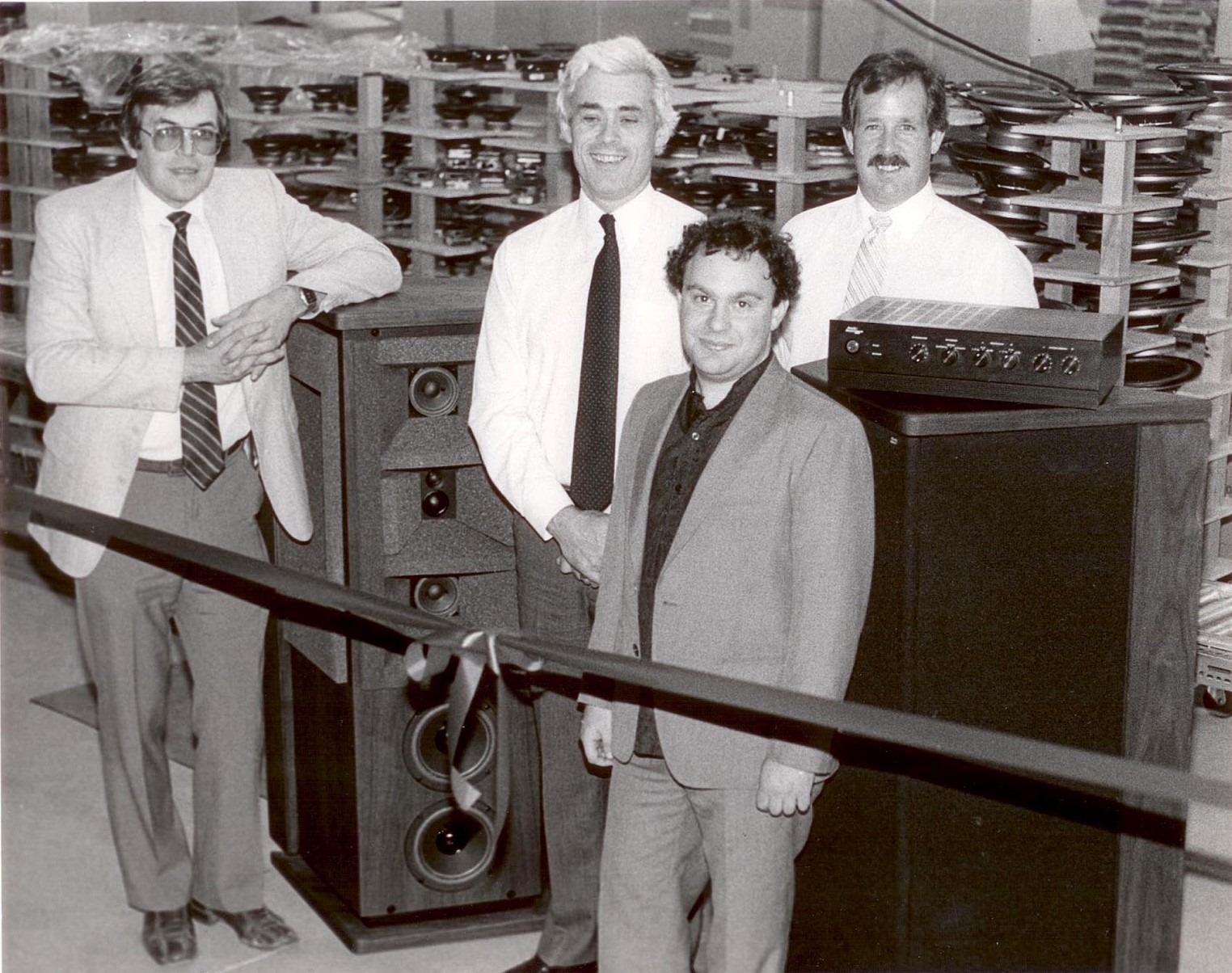
Enter the AR-9. At the time I started working at AR, the 9 was just beginning development. An incredibly ambitious design effort, the 9 was conceived to be the most technologically advanced, best sounding, best measuring product AR had ever produced. It was to incorporate the very best ideas from both the Engineering and the Research teams, as a cooperative effort. Engineering contributed their best driver designs, the novel opposing-woofer configuration, with its special crossover, and countless other details. Research gave the 9 the “acoustic blanket” and impulse response improvement aspects, and it’s ability to work with room boundaries, as well as new measurement techniques to help steer the design work. While many people contributed key aspects of the 9’s engineering, Tim Holl, AR’s Director of Engineering and Bob Berkovitz, AR’s Director of Research were the design leaders.
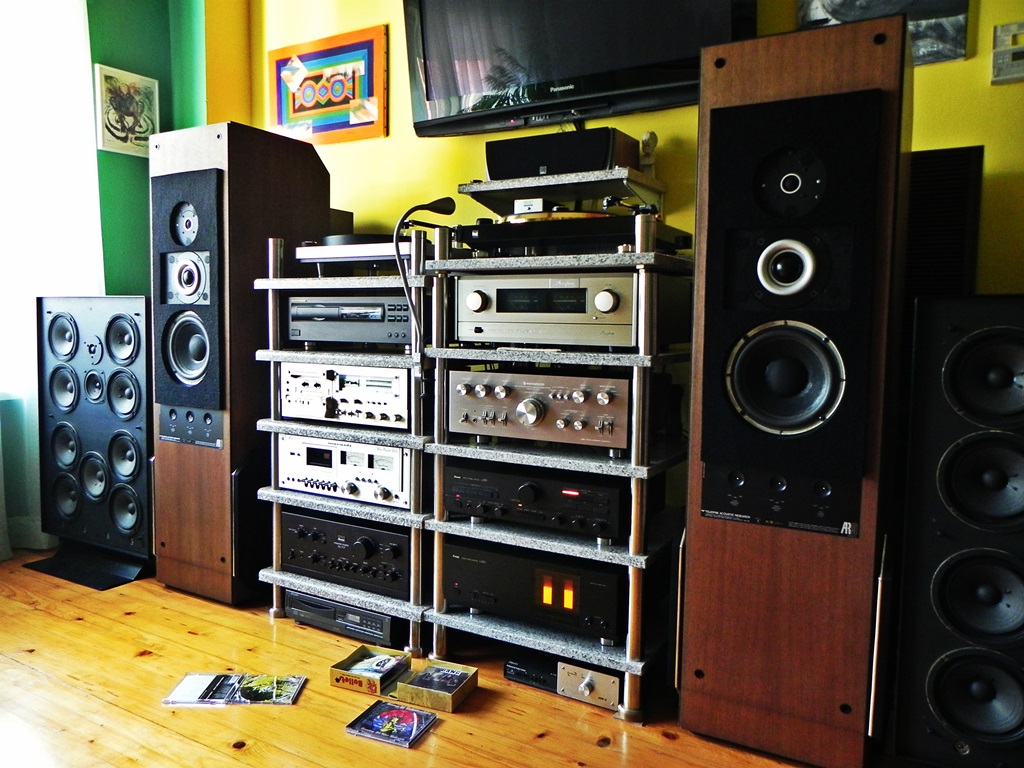
I can take no credit for the design of the 9; this was fixed before I got involved. My role, most often, was to drag prototype speakers around the building, making measurements, soldering and screwing things together, debugging problems, and such. If the schedule demanded some weekend work, the fingers pointed at me, the low man on the totem pole. Of course, from time to time, I might suggest some engineering approach or design element in a planning meeting. Eventually, I would help drive the speakers to the various big magazine reviewers, establishing contacts that lasted throughout my career. But, realistically I was still an undergrad at the time, and had no experience bringing products to market. I was a sponge, soaking it all in, learning all kinds of things about design, manufacturing, marketing, etc.
The AR-9 went on to become a huge commercial and technological success, and today it is, along with the 3a, one of AR’s two most revered products. Over time, I gained more and more experience, and got more heavily involved in the design and development of products at AR. Once I finished my Electrical Engineering degree, I decided to switch gears and go for a Master’s in Art and Media Technology, and my work at AR, as well as for several of the other audio companies that made the Boston area home,was how I supported myself. After graduation, I was invited to join NAD in London, England. The pay was meager, but they set me up with a small home studio as part of my deal, and I spent my days designing amps, and writing and recording strange music. I eventually returned to the US, and took a job at AR, where I did my first “solo” product design, the SRC-1, “Stereo Remote Control.” It was a turbulent time at AR, and I soon found myself running the Research Department.
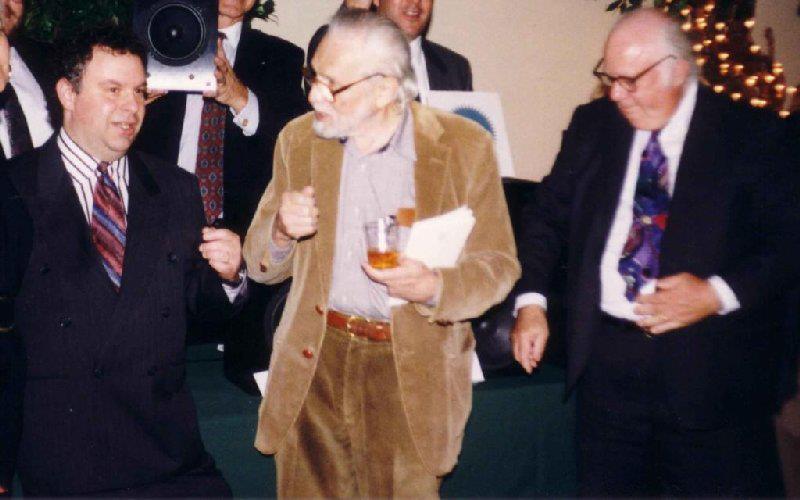
This was the period when I really dove into the question of how speaker design could be advanced in order to achieve better stereo imaging and ambient envelopment. Personally, I consider the AR-9 to be the ultimate embodiment of what I call the, “2-dimensional frequency response,” speaker paradigm. Essentially all speaker designs up to that point focused on providing a flat frequency response, one way or another. Some tried for flat anechoic response. Others tried for flat in-room response. And there were countless variations on these themes. Every loudspeaker company, every loudspeaker designer, had some formula for achieving “flat response,” that they believed was best. Stereo imaging and the reproduction of ambience were after-thoughts. It was imagined that if the frequency response was correct, those other factors would somehow take care of themselves. But, this is not what I believed, and not what my early work at MIT suggested. I believed that one could improve the spatial reproduction of a speaker by controlling its radiation into the room. The results of my thinking became the AR MGC-1, the so-called, “Magic Speaker.”
The MGC-1 was a very different design than the AR-9, and that was intentional. As I said, the 9 represented the ultimate embodiment of AR’s traditional thinking, perhaps of traditional loudspeaker design in general. The MGC-1 was the first step in a new way of thinking. It certainly outdid the 9, and most any other speaker, in terms of imaging and ambience. But, it wasn’t as refined or capable in other areas. Frankly, this was not helped by AR Engineering’s refusal to give the MGC-1 the full bass capabilities of the 9, for fear that it would over-shadow that product. I fought this. I lost…. So, while the MGC-1 uses the 9’s “Dual Dome” mid-tweeter combo, and other excellent drivers, it was intentionally handicapped in the bass department. This proved to be a serious problem for a speaker of its size and cost.
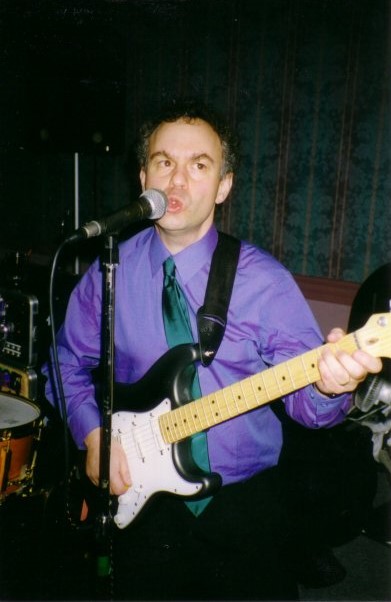
Fast-forwarding to 1990, a speaker company I co-founded, NHT, released a product called the 3.3 that is very much an heir-apparent to the AR-9, while incorporating important aspects of the MGC-1. The 3.3 does not use active electronics like the MGC-1, but it does provide a very high level of imaging and ambience reproduction, while simultaneously equaling the 9’s bass response and improving on its frequency response. I like to say that the AR-9 is the NHT 3.3’s daddy, and the MGC-1 is its mommy…
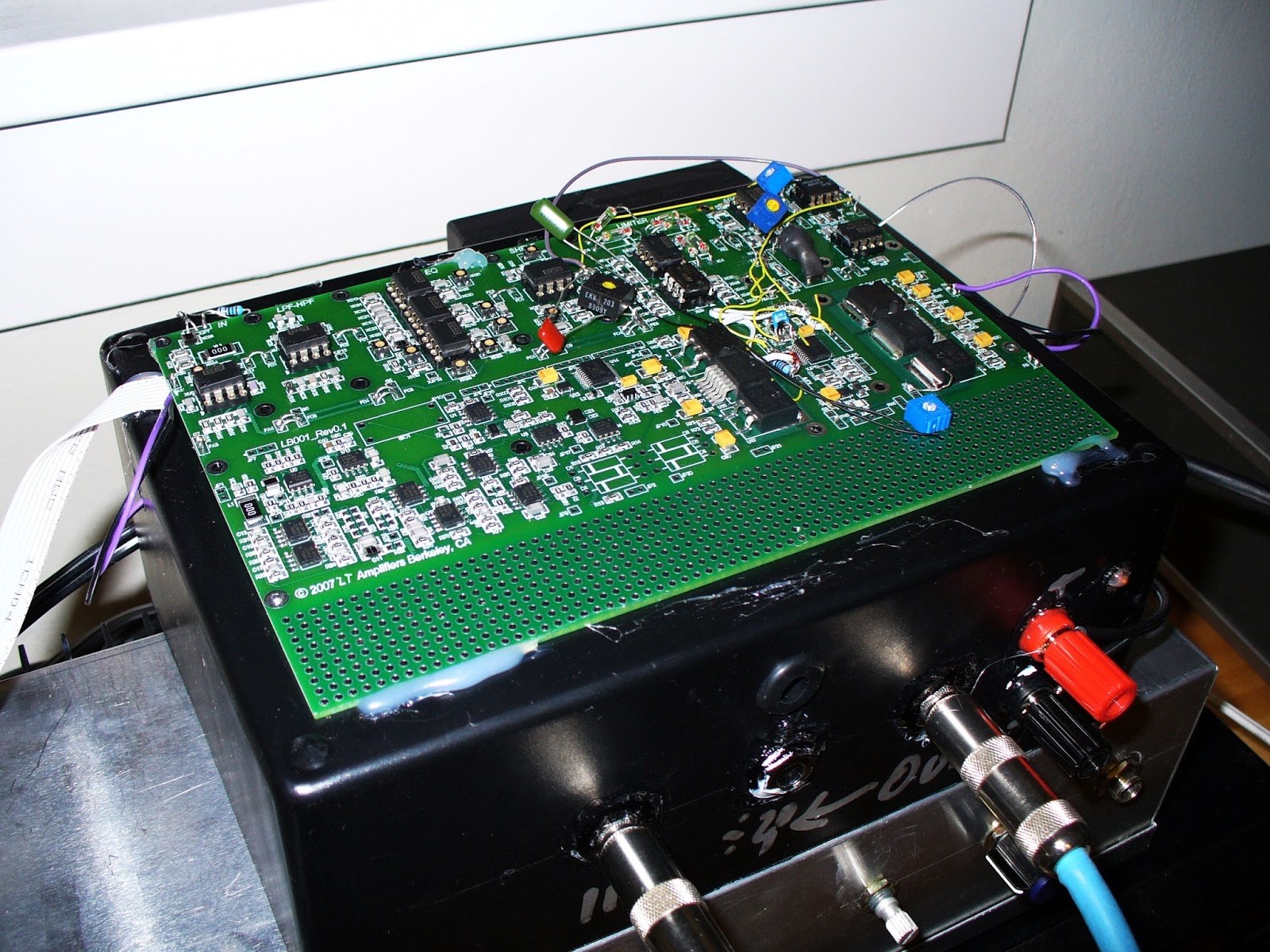
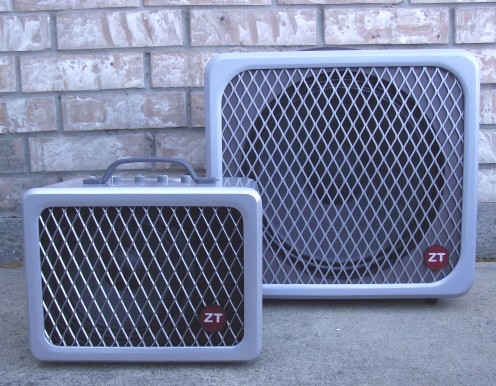
So, we are finally getting near the present. Thanks for indulging these digressions! After I left NHT, I was involved in a number of projects, new companies, and such. In 2008, I decided to un-retire in order to do something that has fascinated me since grade school… building guitar amplifiers. After all, I figured that if I could make a small hifi speaker sound like a huge concert hall, why couldn’t I apply the same principles to make a small guitar amplifier sound like a much larger one? The result was a new brand of guitar amps, called “ZT Amplifiers” which contain a bunch of acoustical and electronic innovations designed to make them sound and play like much larger, more expensive models.
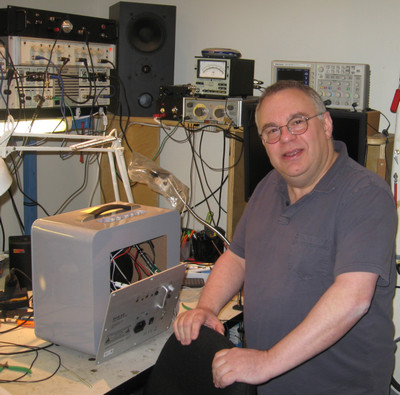
We’ve been very gratified at ZT by the acceptance of the amps by amateurs and pros alike. Without marketing or give-aways on our part, bands including ZZ Top, Wilco, RHCP, Sonic Youth, White Zombie, Echo and the Bunnymen, Andy Summers, MGMT, Steve Wynn, Merle Haggard and many others have gone out and bought our amps. I feel like I have finally come full circle, back to my musician roots!
– Ken Kantor


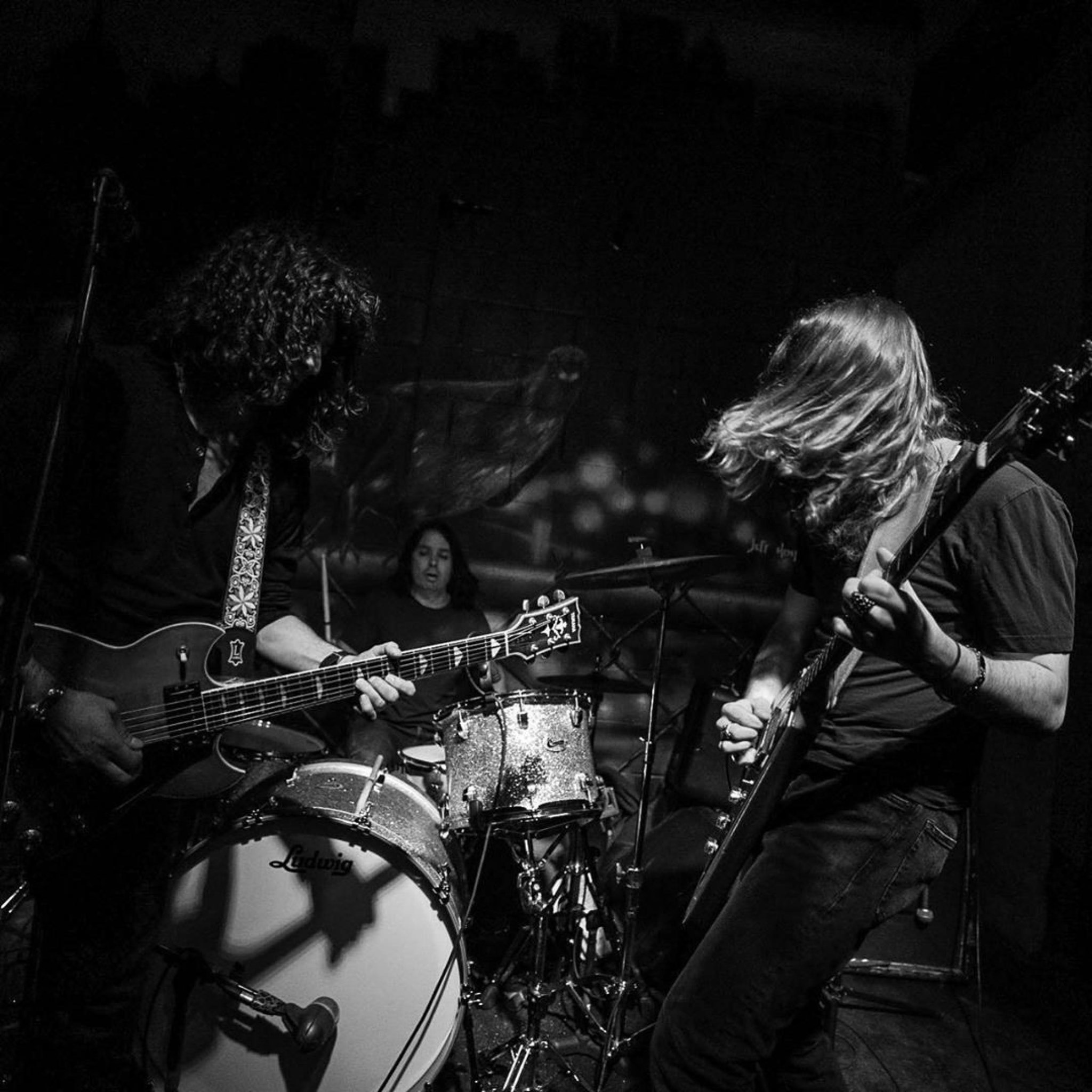
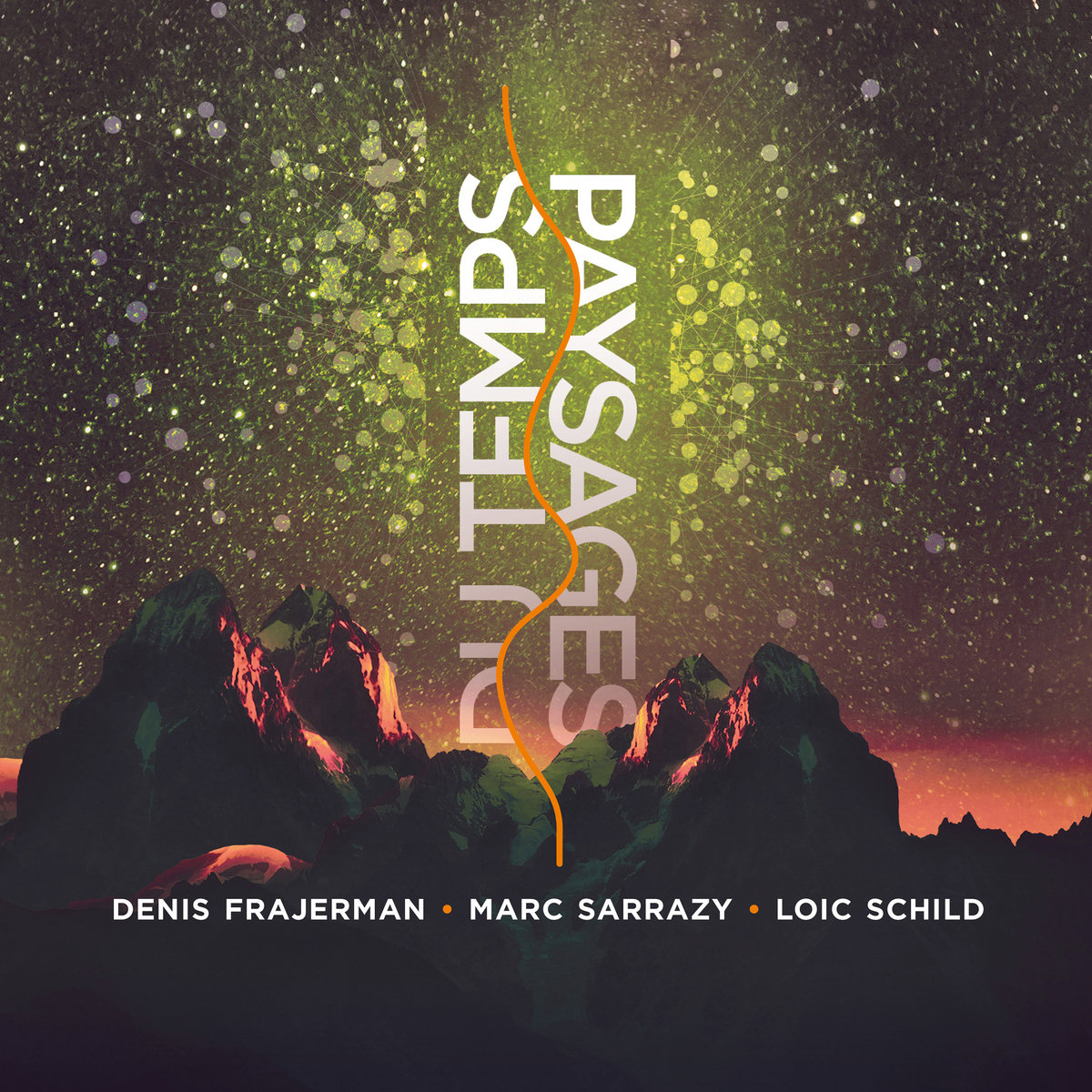
Hi Ken, comment and question from Belgium ! I just bought a pair of AR MGC-2. I search for the internet for more information about it. ( do not find anything about it ) I read you article and i was wondering if you can tell me more back ground information about the MGC-2 design and history ?.. Thanks for your time, Kind regards, Paul Croes
Hi, Paul! Sorry I didn’t see this earlier. The AR MGC-2 was actually finished a bit after I left AR. I can’t remember many details, but I believe the idea was to pull some cost out of the speaker, while improving the bass. One big problem the the MGC-1 was that we were paying more than $600 for each cabinet, several times the cost of something like the 9, probably 20x the cost of your basic AR speaker of the day. There were methods and materials becoming available to reduce that substantially. Also, there were quantity commitments from the control unit, and so they were a sunk cost anyway. If you can send me a photo or two of what you have, it will help me to remember exactly what is going on. And thanks for writing… I hope the speakers work out for you!
Hi Ken , i see until ‘now’ your answer.. can i have your e-mail.. i want to sell you pictures and documentation.. thx for your time ! Kind regards, Paul Croes
Ken, I’m a young guy (40) refurbishing vintage audio gear from the “the golden period) and designing and building, soon selling, speakers in the vein of AR, Klh, NHT.
I’m fairly neurotic about AS speakers in general ( ports equal farts?). I’m very curious your thoughts and opinions on the subject of the achievement of fast, lightning quick low bass in a loudspeaker.
Specifically…it was very obvious after acquiring and absorbing the AR 302…1) your a bass head. Seriously. How the hell did you get a 10″ woofer to get that low and fast in the 90’s ( the decade of posts? Ha)? And 2) you did your thousand hours on our craft. You knew the 3a and 5 intimately and that means listening a lot. The combo of 3a voicing and those great drivers ( the 338 mid is the 303 mid with a cage, right).? I commend you on honoring my heroes Vilchur, Kloss, Allison….and honoring the past while utilizing tech. I own every speaker in that line, except strangely, the 303…(small room,I have to use bass limiting techniques with the 302 as it is. The 303 might make this basshead explode! For the record, my idols of designers in order…Kloss, Vilchur, Allison, Kantor, Burhoe. (you moved up after I finally got a set of 3.3….damn!).
I’d like to ask, you stated the 3.3 was the son or daughter of the ar-9 and the MCC-1. Both AS. Yet the more potent 3.3 is not. Yet the bass response and tone would lead you to believe it is AS.
Your design rational for a port on the 3.3? Is the 1259 woofer that potent that the required AS cab would have been a fridge large? I just acquired a set of nht1259 woofers that are NOS. The result will be the son of the 3.3 and the ar-9, ha. I’m very much considering another set of 1259’s…and do the only thing you didn’t with the 3.3….2 12″ woofers opposing each other. That universe may crack as a result of the bass from this design, but where else to go? Any thoughts, ideas, opinions? (Sure wish you liked dome mids though…always wondered why. No dome mids from nht while it was yours…thst I can think of. Your ability to get the super zero to produce that much spl from a 4.5” driver allows me to forgive you! (Most NhT designs were AS…but not all. I’m a AS extremist…maybe I should reconsider?
Just wanted to thank you for what you’ve done for a passion of mine that gives me hope that I can do the same in this generation. The new atmos audio in my opinion will soon make the stereo versus mono argument quite silly when it’s now Stereo vs. Atmos… nht is one of the few companies really moving in that direction but I don’t think you were there when they started that in my opinion it’s going to save the speaker industry instead of needing two speakers now you need binded 15 in my personal at my setup I have 15 to be honest (8 height speakers really does wonders for spatial Imaging). The world…i hope, is over BT bukkshit mono bullshits and “stereo” sound bars. Tread on Me Speaker Co. ( my company) is banking on atmos audio. Any thoughts on spatial imaging with atmos setup?
Your a hero and I thank you. Love to hear back.
Scottie Muñoz
Hi, Scottie! The 3.3’s are acoustic suspension speakers. (They have some internal structures to do some acoustic tweaking, but they behave generally like an AS system.)
I haven’t really followed all the recent digital stuff at all, since I was involved in musical instrument amps for the last several years. Sorry… I don’t even have a TV at home!
I prefer not to discuss “fast bass” in public, since it only leads to pointless and uninformed debates. Suffice it to say that there is no such thing. The risetime of any woofer is completely controlled by its high frequency response. When people claim to hear “fast” bass, they are invariably talking about an over-damped woofer with limited or shelved-down low bass. While this goes against deeply entrenched hobbyist ideas, it is an established fact and basic physics, so I chose not to argue about it anymore. (Just like I stopped trying to explain to people why clipped amps don’t blow tweeters… 🙂 )
Hey, congrats, and best wishes for your biz!
Yikes… wrote a lengthy reply, but it didn’t seem to post. I will wait to see if it appears.
Meanwhile… thanks and congratulations. Best wishes for your new venture. The 3.3 is acoustic suspension. I have been more involved with musical instrument amps and speakers for a few years, and haven’t paid much attention to the world of home theater. I don’t even have a TV. 🙂
Finally, while I am no longer willing to argue about firmly established physical facts, there is no such thing as fast bass. The acceleration of a woofer is ENTIRELY determined by its frequency response, via the Laplace Transform. When people speak of fast bass, they are actually hearing bass that is over-damped, rolled off or shelved down. But, it’s a fool’s errand to argue such things with the stubborn audio public. They still believe clipping kills tweeters! 🙂